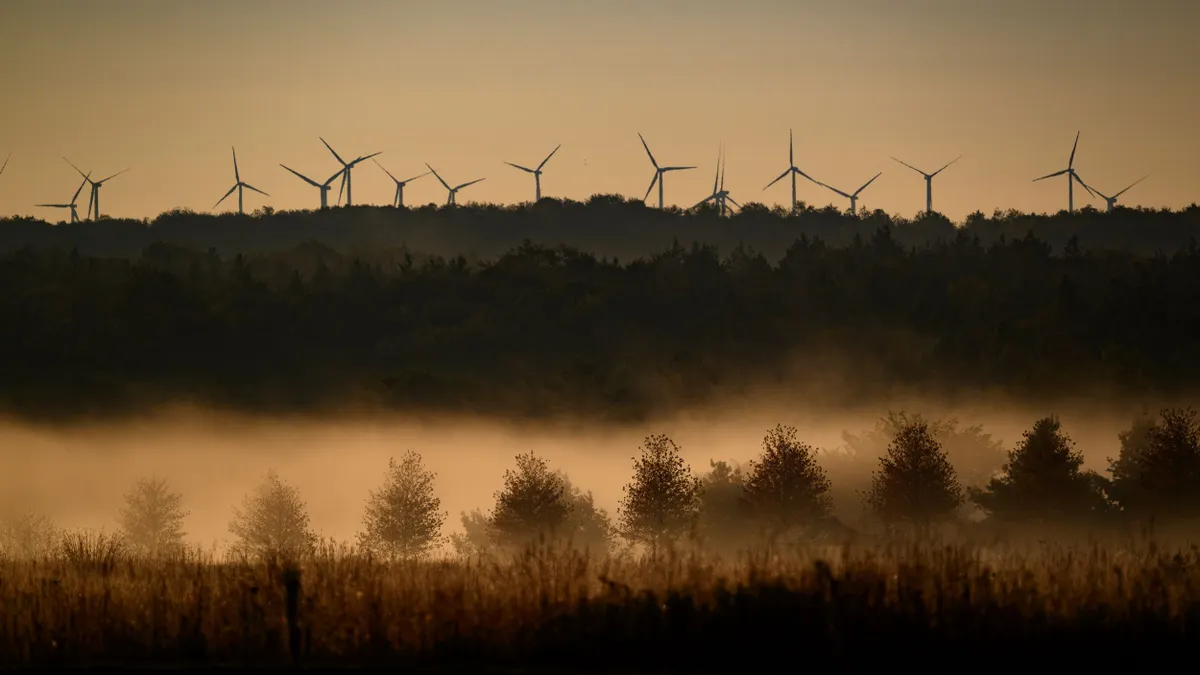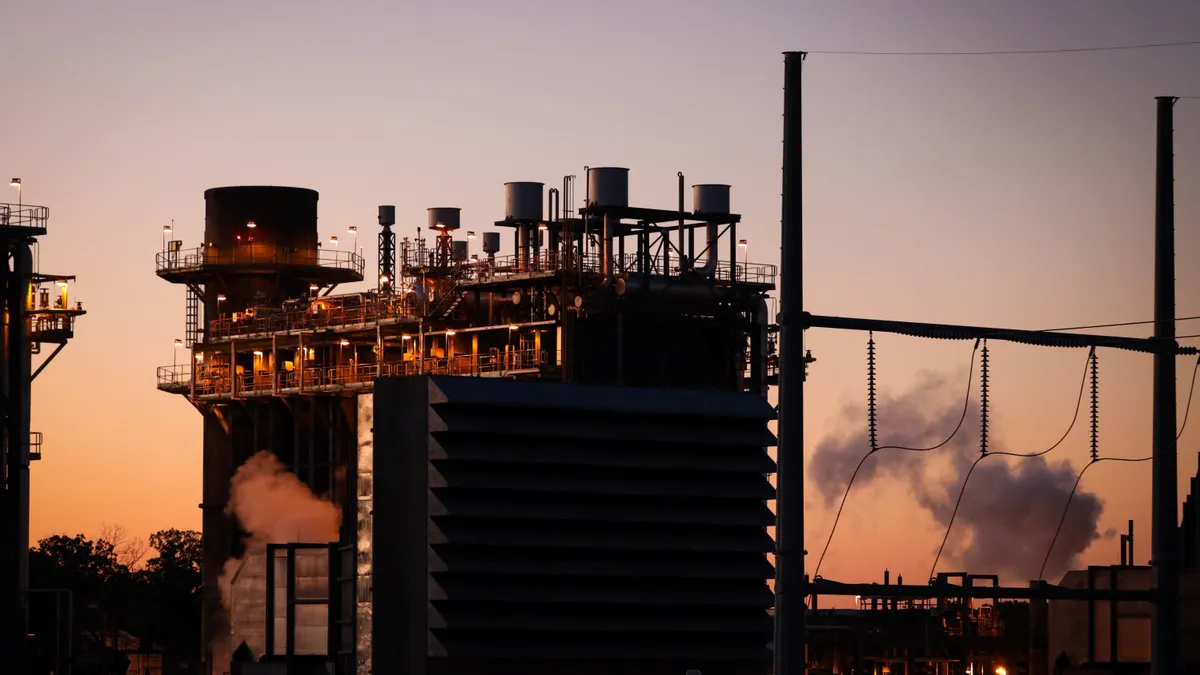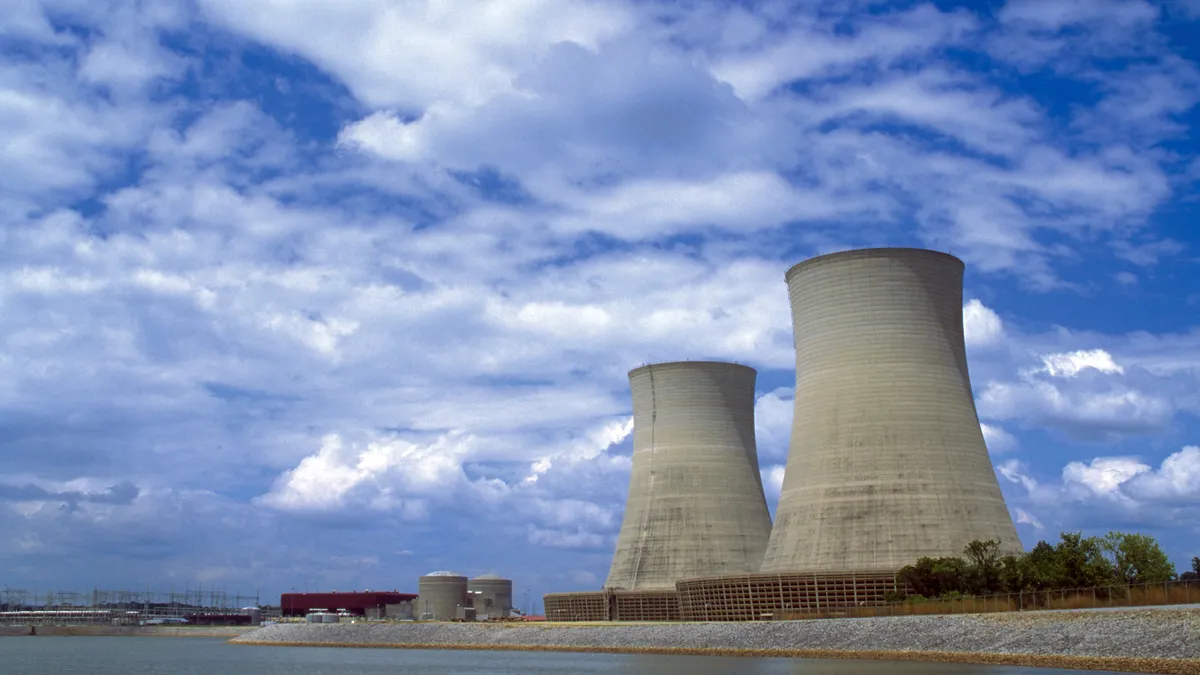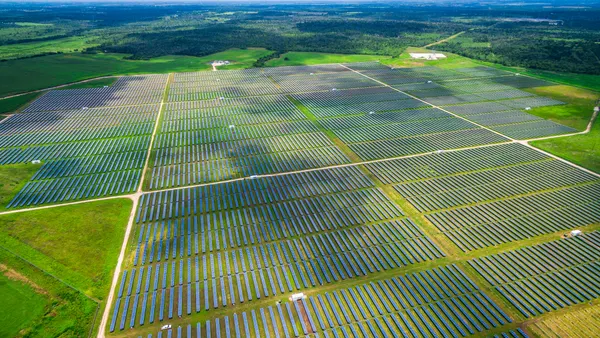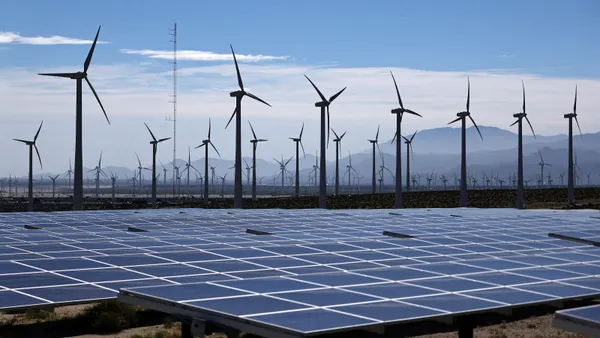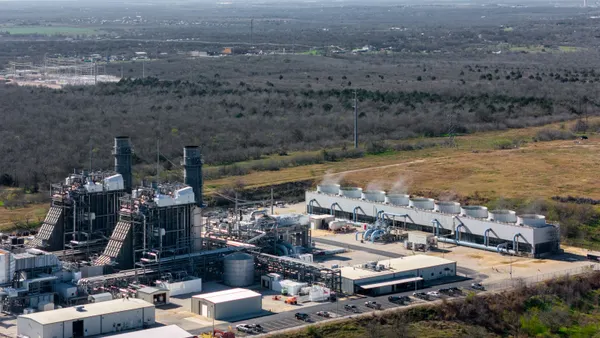Globally, the International Energy Agency forecasts renewable power capacity will double by 2030, increasing by 4,600 GW – but the group revised down its estimates for U.S. deployments in that period by almost 50% from last year’s estimates, according to a Tuesday report.
Policy changes in the U.S. and China contributed to an overall drop of 5% in the global forecast for renewables compared to last year’s report.
Those policy changes in the U.S. include the “earlier phase out of federal tax credits, new import restrictions, the suspension of new offshore wind leasing and restricting the permitting of onshore wind and solar PV projects on federal land,” IEA said.
The U.S. forecast revisions are also based on the One Big Beautiful Bill Act’s new foreign entity of concern restrictions, which are expected to negatively impact solar, wind and battery components that are sourced overseas. The report also cited executive orders “suspending offshore wind leasing and restricting the permitting of onshore wind and solar PV projects on federal land,” IEA said.
“Among all technologies, wind is impacted most, with both offshore and onshore capacity growth revised down by almost 60% (57 GW) over the forecast period,” it said.
The IEA revised down its forecast for U.S. solar deployment by almost 40%, projecting that total capacity in 2030 will fall short of earlier expectations by 140 GW.
“Within solar PV, the largest relative impact is on distributed solar, particularly residential systems (revised down by almost 70%), which are most affected by the scheduled expiration of residential solar PV tax credits at the end of this year – well before tax credits for other technologies expire,” IEA said.
China’s forecast was impacted by its “shift from fixed tariffs to auctions,” which IEA said “is impacting project economics and lowering growth expectations.”
Despite this, China “continues to account for nearly 60% of global renewable capacity growth and is on track to reach its recently announced 2035 wind and solar target five years ahead of schedule,” according to the report.
IEA noted that major manufacturers of solar and wind “have reported large losses despite surging global installations,” for reasons like a solar supply glut causing price drops. Regardless, “renewable developers have either increased or maintained their capacity deployment targets for 2030 since last year,” IEA said.
“The assessment in this report shows that one-fifth of surveyed large renewables developers increased their deployment goals, while three-quarters kept them at similar levels to last year,” IEA said. “Corporate PPAs, utility contracts and merchant plants are also a major driver, accounting for 30% of global renewable capacity.”
IEA revised down its growth forecast for the global offshore wind industry by more than 25% over the next five years, as several developers have reduced their 2030 deployment targets and the industry faces policy headwinds in the U.S. and economic turbulence in Europe, Japan and India.



